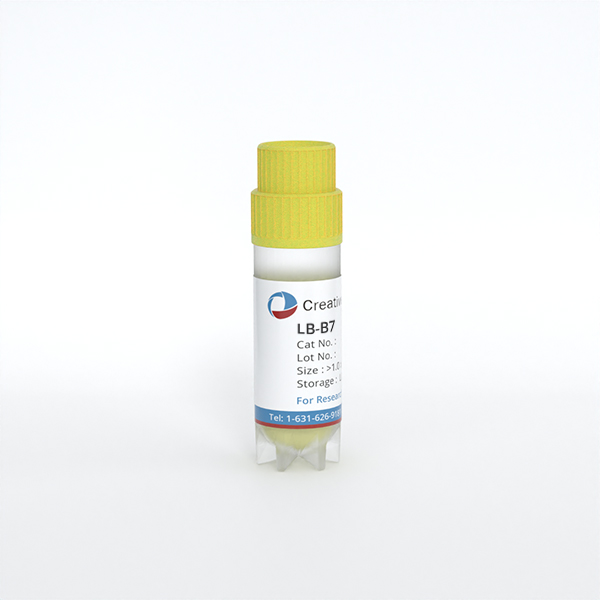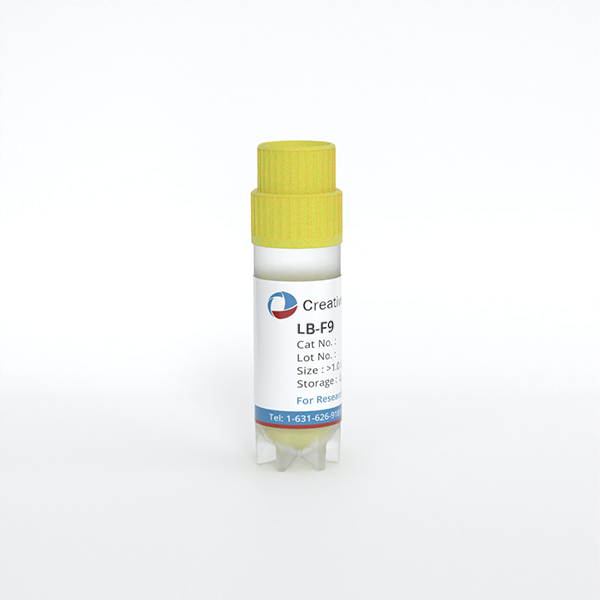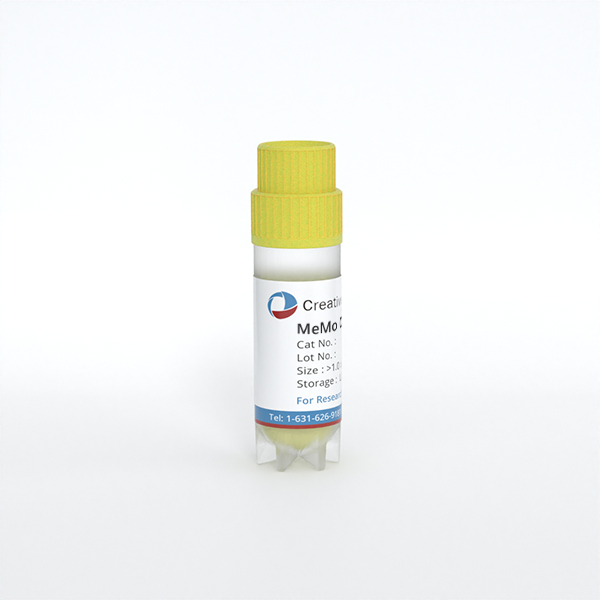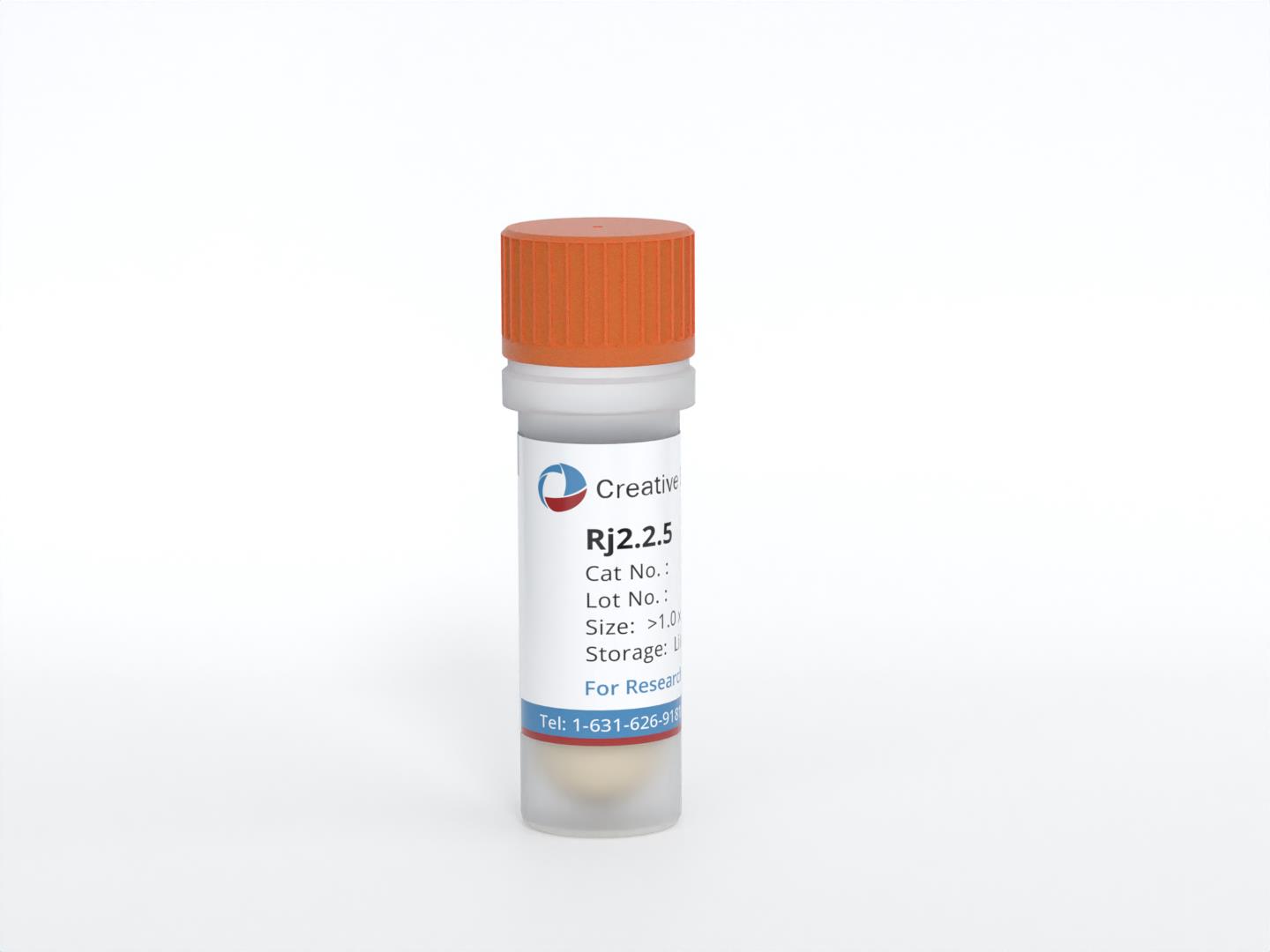Featured Products
Our Promise to You
Guaranteed product quality, expert customer support

ONLINE INQUIRY
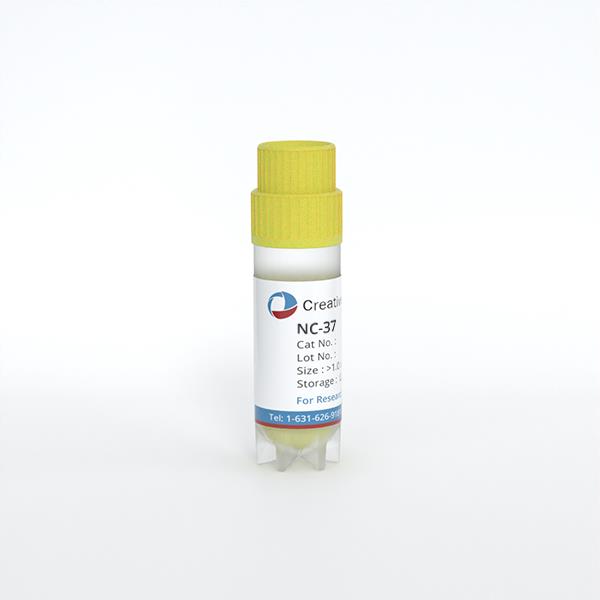
NC-37
Cat.No.: CSC-C9504L
Species: Human
Source: B cell; B lymphoblast
Morphology: lymphoblast
Culture Properties: suspension
- Specification
- Q & A
- Customer Review
Isoenzyme: G6PD, B
Note: the cells are EBNA positive(EBNA+) and surface immunoglobulin negative(slg-); the lines carries Epstein-Barr virus(EBV) and contains 60 copies of the EBV genome per cell
vWA: 16,17
FGA: 26,28
Amelogenin: X,Y
TH01: 6,9.3
TPOX: 10,11
CSF1P0: 10,12
D5S818: 11,13
D13S317: 12,13
D7S820: 9,11
Shipping Condition: Room Temperature
EDTA enhances the cleavage ability of trypsin to help weaken cell adhesion in cell suspensions. In some formulations, phenol red is added as a pH indicator. Among its applications, Trypsin-EDTA can be used to generate single-cell lines for stem cell research.
Ask a Question
Average Rating: 5.0 | 1 Scientist has reviewed this product
Satisfied
The tumor cell product allowed me to test hypotheses related to cancer progression, metastasis, or drug resistance.
04 Jan 2023
Ease of use
After sales services
Value for money
Write your own review
- You May Also Need


